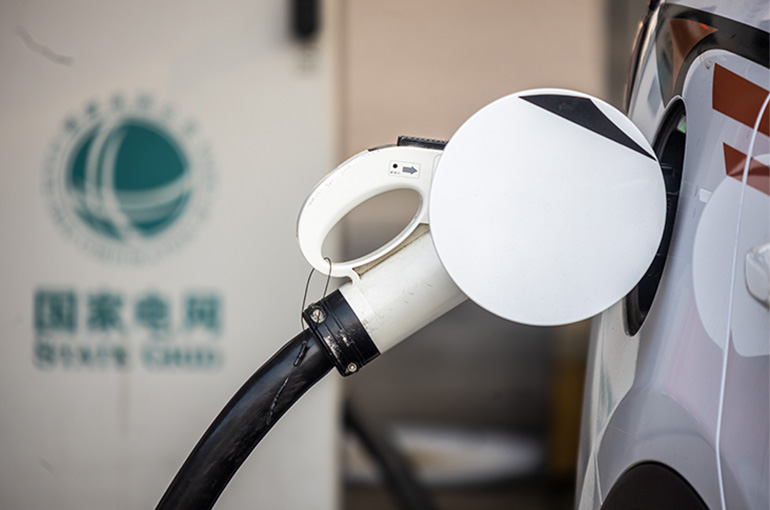 China to Deepen Vehicle-Grid Integration With Pilot Projects
China to Deepen Vehicle-Grid Integration With Pilot Projects(Yicai) Jan. 5 -- China, the world's biggest market of new energy vehicles, will promote a closer integration of NEVs and the grid and kick off pilot projects to improve the energy storage system, according to new guidelines.
The nation will pick five or more demonstration cities for vehicle-to-grid charging and build at least 50 demonstration projects by 2025. The main focus areas for bidirectional charging will initially be the Yangtze River Delta, the Pearl River Delta, the Beijing-Tianjin-Hebei regions, and Shandong province which have relatively mature conditions, per guidelines issued yesterday by several government agencies, including the National Development and Reform Commission.
Returning power to the grid from the vehicle is a new way to balance energy supply and demand to economize charging resources and avoid blackouts. China's goal is to have 60 percent of vehicle charging in the five pilot cities take place during off-peak hours next year, and for private charging facilities, the ratio should exceed 80 percent.
By 2030, the nation should establish technical standards for vehicle-grid interaction and turn new energy vehicles into an important part of the electrochemical energy storage system while enhancing control, the document added.
It is hard for the grid to handle large-scale charging of electric vehicles during peak hours, which exacerbates the peak and valley trend, Liu Yongdong, vice secretary-general of the China Electricity Council, told Yicai. Vehicle-to-grid charging will become an important distributed energy storage method in the new power system to play a role in balancing demand and supply, Liu added.
Editor: Emmi Laine